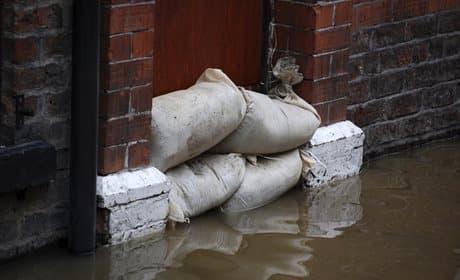London Conveyancing Searches
Engaging a conveyancer is an essential part of the home-buying process. Your conveyancer is the one who will deal with the exchange of legally binding contracts and the transfer of the property title to your name.

Engaging a conveyancer is an essential part of the home-buying process. Your conveyancer is the one who will deal with the exchange of legally binding contracts and the transfer of the property title to your name.

Compare moving quotes in 4 simple steps